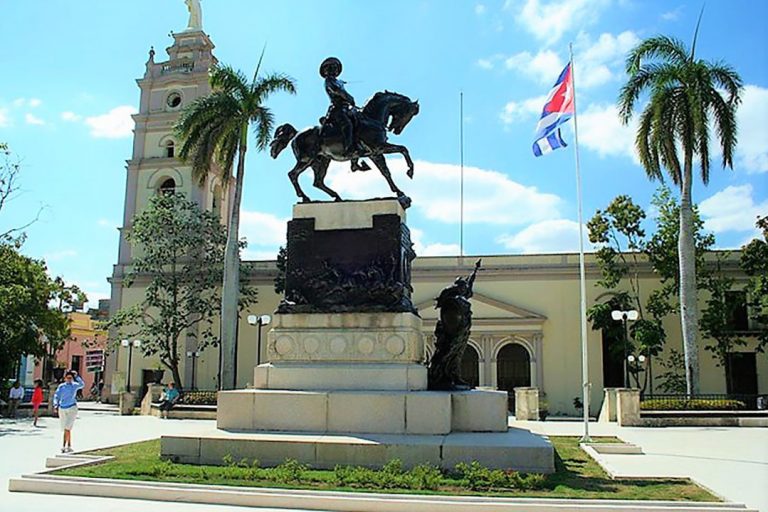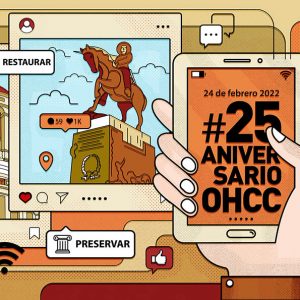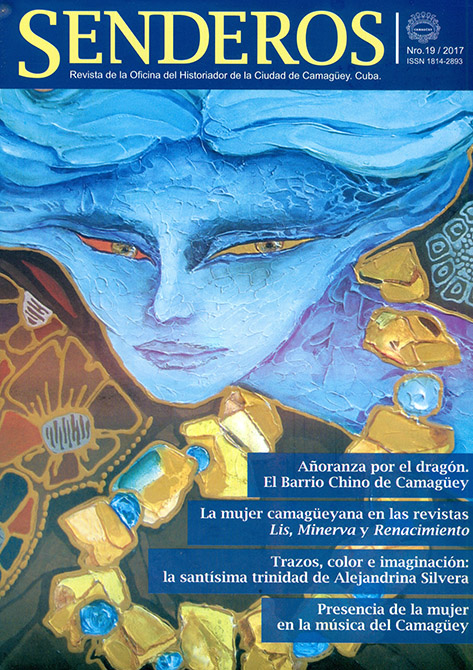The ritual of the first stone is an act that since ancient times has symbolized the presence of monuments, buildings, of great scope. It consists of burying some objects such as coins, newspapers, religious objects, among others, depending on the culture.
In the same way, the priests gave the green light and the act also had a political character, such as the minting of coins. The date used to be kept as the day of future celebrations in the city.
The first stone in the equestrian statue to El Mayor
On May 20th, 1902, a report was drawn up by Dr. Arturo Roca Silveira. Father Manuel Martínez Saltage, together with Blessed Father Olallo received the inert body of El Mayor, the one who blessed the space. Two urns were placed on the foundations: the first with a granite piece and in the other, the copies of newspapers: The Two Republics and Homeland and Freedom, two silver coins, a Spanish peseta, and an American quarter, as testimonies of the coins circulating at that moment.
In May 1910, institutions and personalities of the city formed part of the commission that would promote the statue of Ignacio Agramonte y Loynaz. On February 24th, 1912, at 8 o’clock in the morning, Raúl Lamar accompanied by the directive of the association, local and national personalities, but above all the entire town, sang the chords of the National Anthem by the Band of the Army Headquarters under the baton of Mambí Captain José Marín Varona.
The widow of the hero, Amalia Simoni unveiled the equestrian sculpture, and the chairman Walfredo Rodríguez delivered the speech on behalf of the association.
The veterans of the War of Independence, Generals Javier de la Vega, Lope Recio Loynaz, Maximiliano Ramos, and Eugenio Sánchez-Pereira Agramonte, the first two, former chiefs of the Third Army Corps of Camagüey. Jorge Roa Reyes, son of Ramón Roa, who kept the Mayor’s Campaign Diary, was also among the attendees.
Also Salvador Cisneros Betancourt, a member of the Cuban Senate and José Francisco Martí, son of the Apostle of Cuban independence José Martí, who was accompanied by his mother Carmen Zayas-Bazán. are The presence of Gabriela de Varona y Varona and Ángela Malvina Silva y Zayas were of great significance .
Legacy
The shame honored by Ignacio Agramonte constitutes a cornerstone of the present.
Translated by: Aileen Álvarez García






